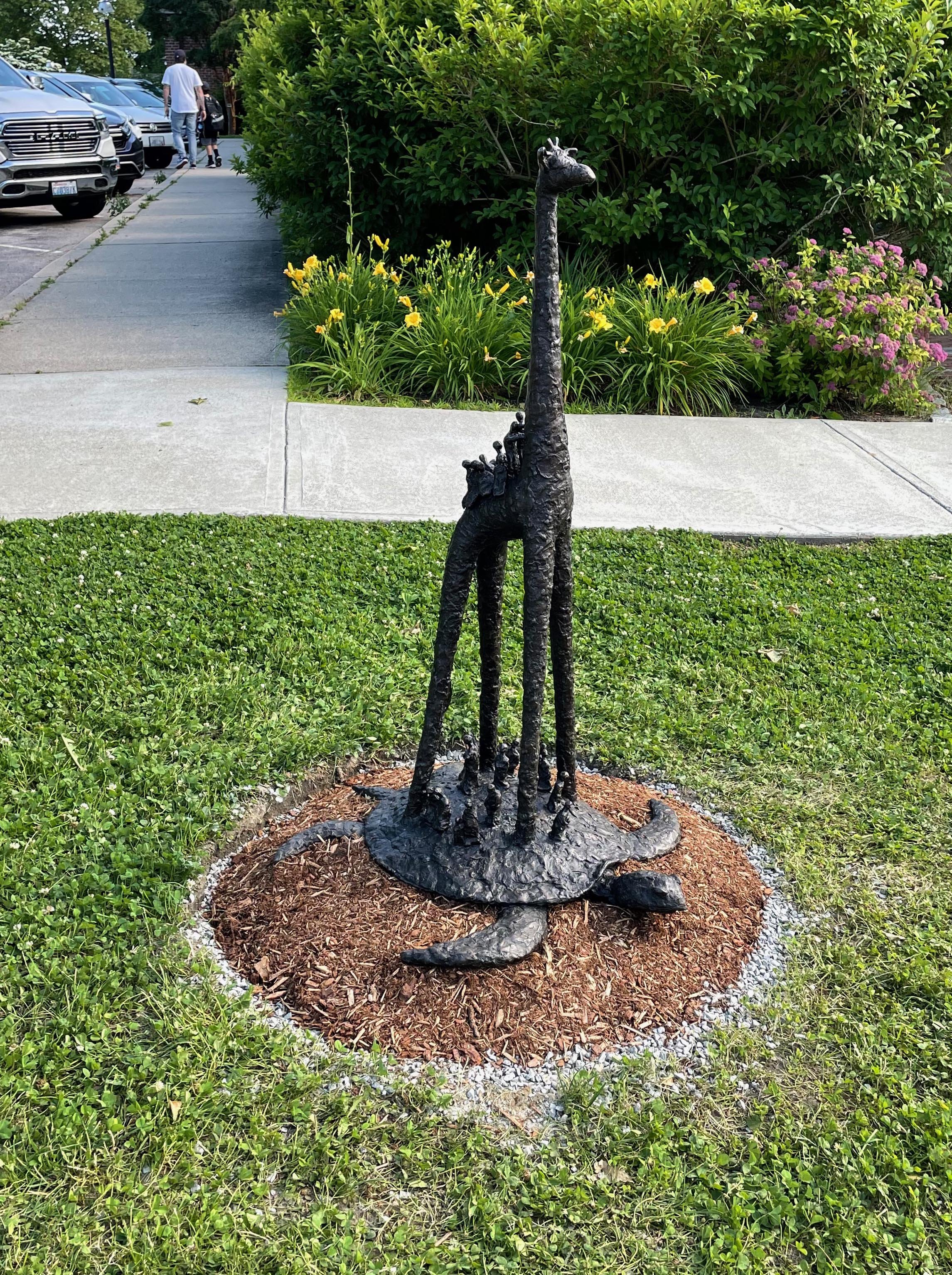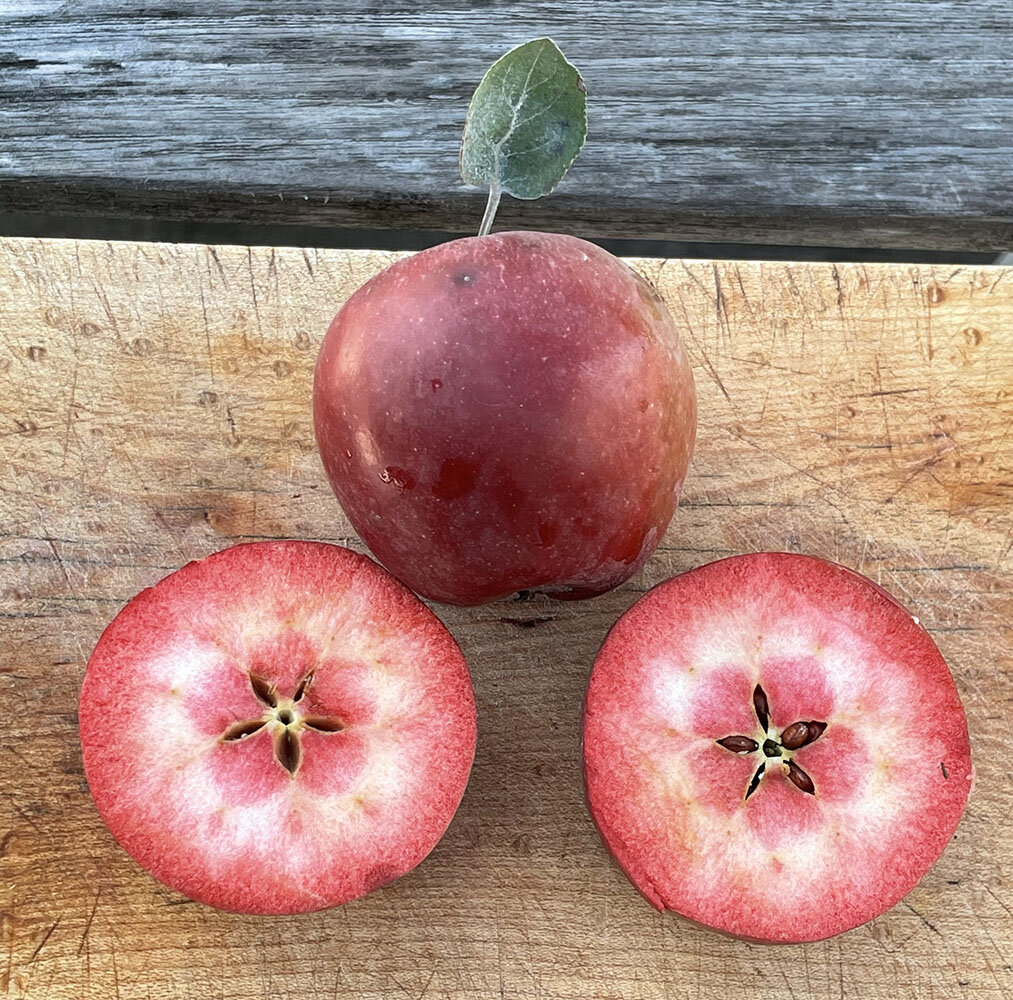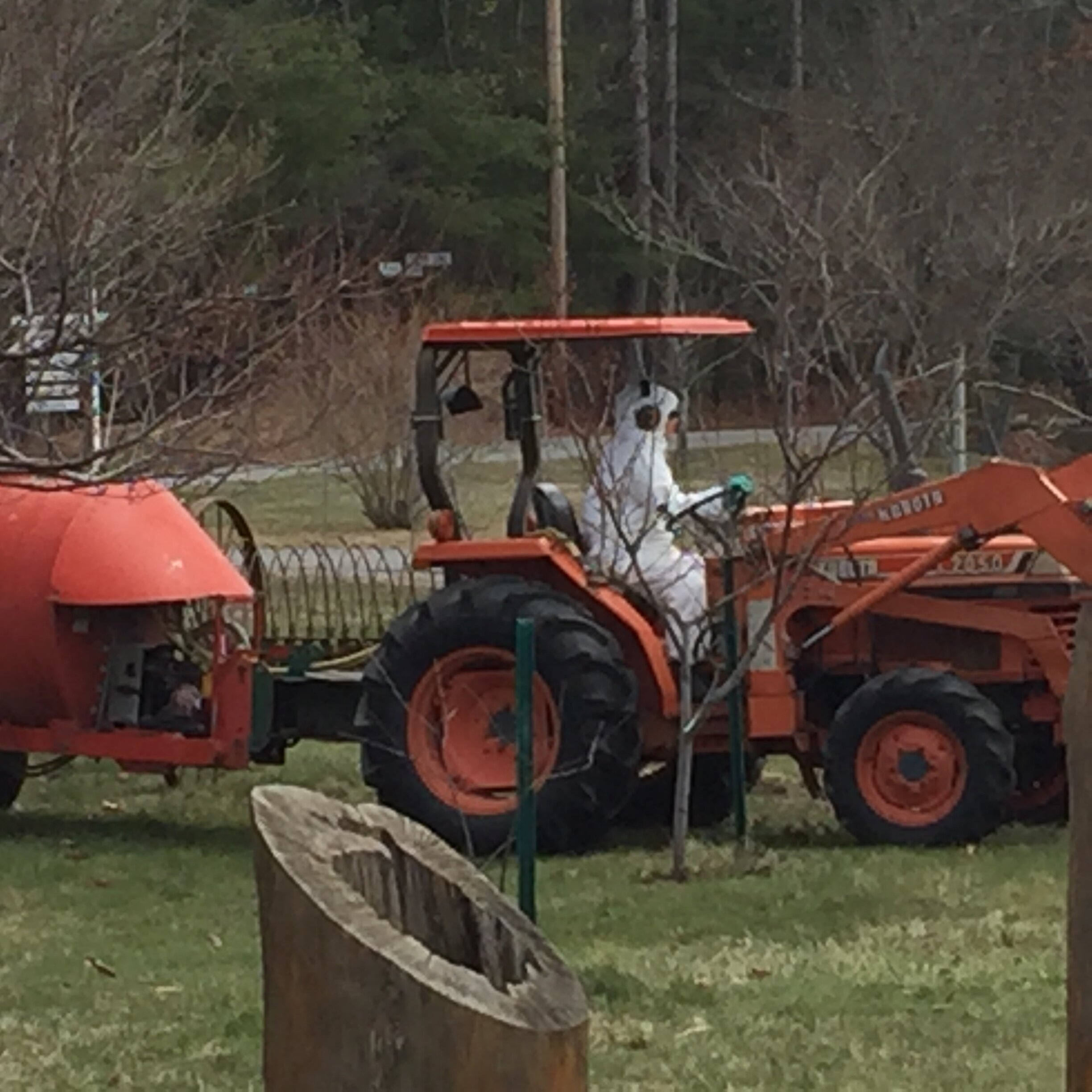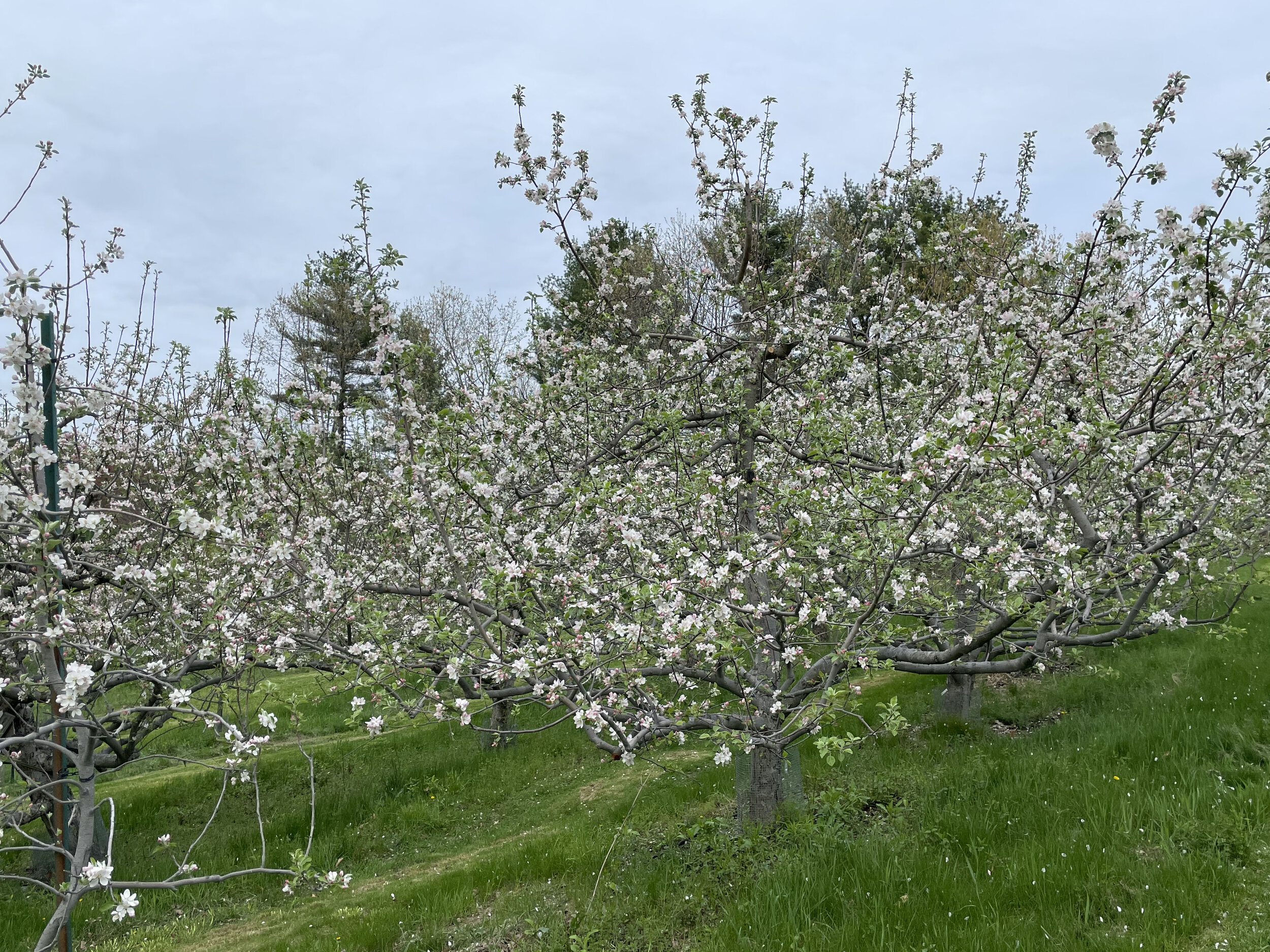The apple-shaped earth and we upon it, surely the drift of them
is something grand,
I do not know what it is except that it is grand, and that it is
happiness . . . .
—Walt Whitman
This Apple-Shaped Earth, bronze, Linda Hoffman, 2022
Do you remember as a kid thinking people on the other side of the world were standing upside?
My new bronze sculpture, This Apple-Shaped Earth is installed in Brookline, Massachusetts part of Studios without Walls exhibit along the Muddy River near the Longmont “T” stop. The theme is The Earth We Walk, and I made this piece especially for the exhibit. I wanted to highlight that this earth is all we have—there is nowhere else to go. We need to take care of it. This wonderful outdoor exhibit features thirteen artists. Put it on your summer to-do list! It will be up through September 5, 2022.
I also have a sculpture at The Edith Wharton’s Estate in Lenox, Massachusetts, part of the SculptureNow at the Mount 2022, featuring large-scale work of thirty artists. My favorite piece in the exhibit is the majestic dragon, Cecilia, by sculptor Robin Toast. It took three years to cut and stitch pieces of sheet metal to make the quilted dragon’s skin. It’s definitely worth a visit! The exhibit runs through October 19.
Cecilia, stitched sheet metal, Robin Toast, 2022
And a third outdoor exhibit that I recommend is the 2022 Outdoor Arts Biennial: Passages in Jamestown, Rhode Island. Take a stroll through this delightful village and you will find thirteen sculptures elegantly installed throughout the community. Refuge, my giraffe riding on a turtle’s back is installed near the library and playground. I’m hoping to see the giraffe and turtle’s noses rubbed smooth from young fingers discovering it.
Refuge, Linda Hoffman, Installed in Jamestown, Rhode Island. Photo: Molly Dickinson
And later today, Sunday June 19th, I will be giving a Dharma talk at the Fire Lotus Temple in Brooklyn, New York. It is part of the regular Sunday Service which begins at 9:30 with liturgy, followed by two periods of sitting meditation, and then the talk. I’ll be talking about Pruning, Juneteenth, and the Seven Factors of Awakening. The talk will be up on Zen Mountain Monastery’s podcast page sometime this week,
Happy Father’s Day!
Happy Juneteenth Day!
Happy Summer Solstice!
Love, Linda











